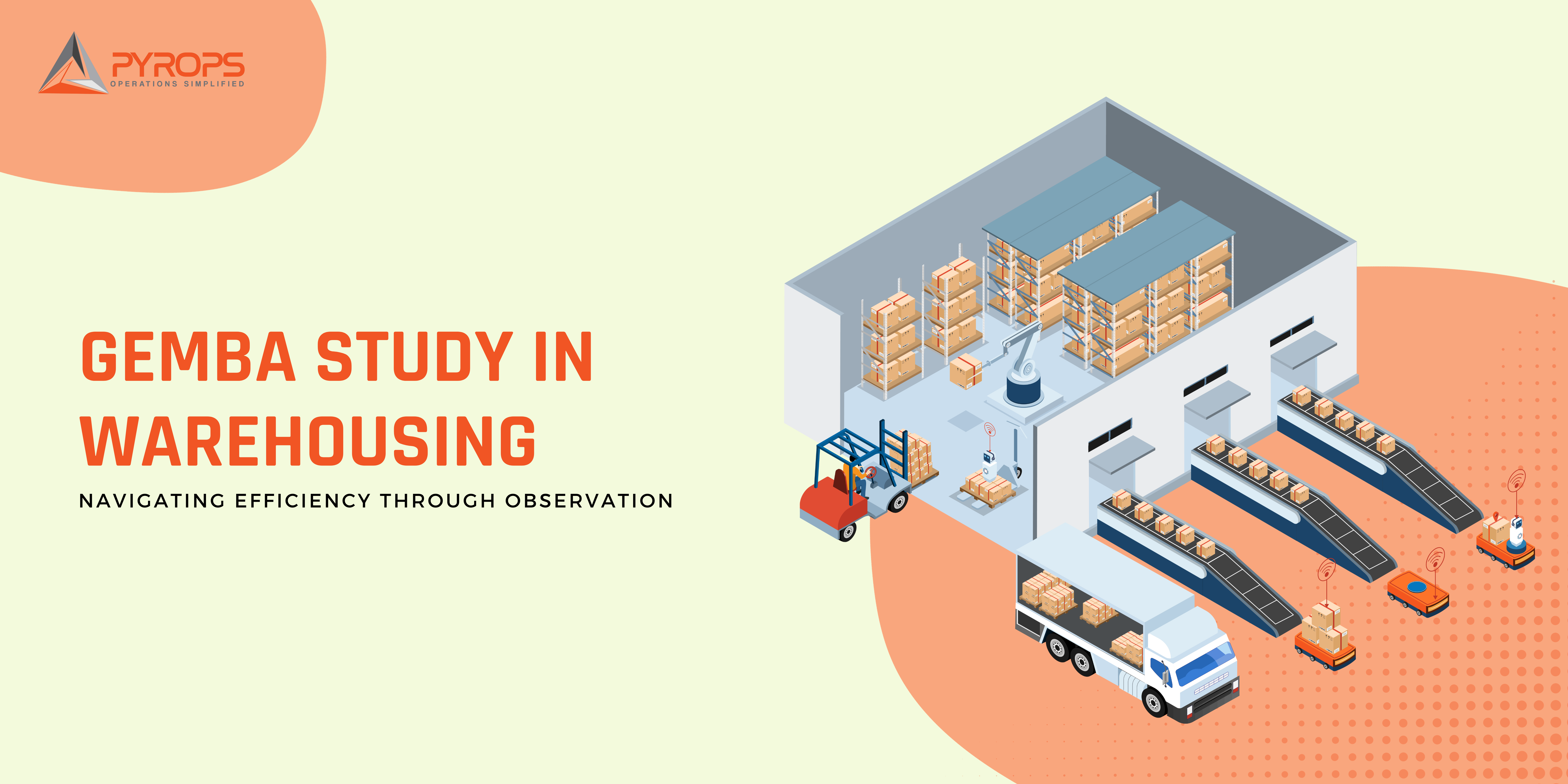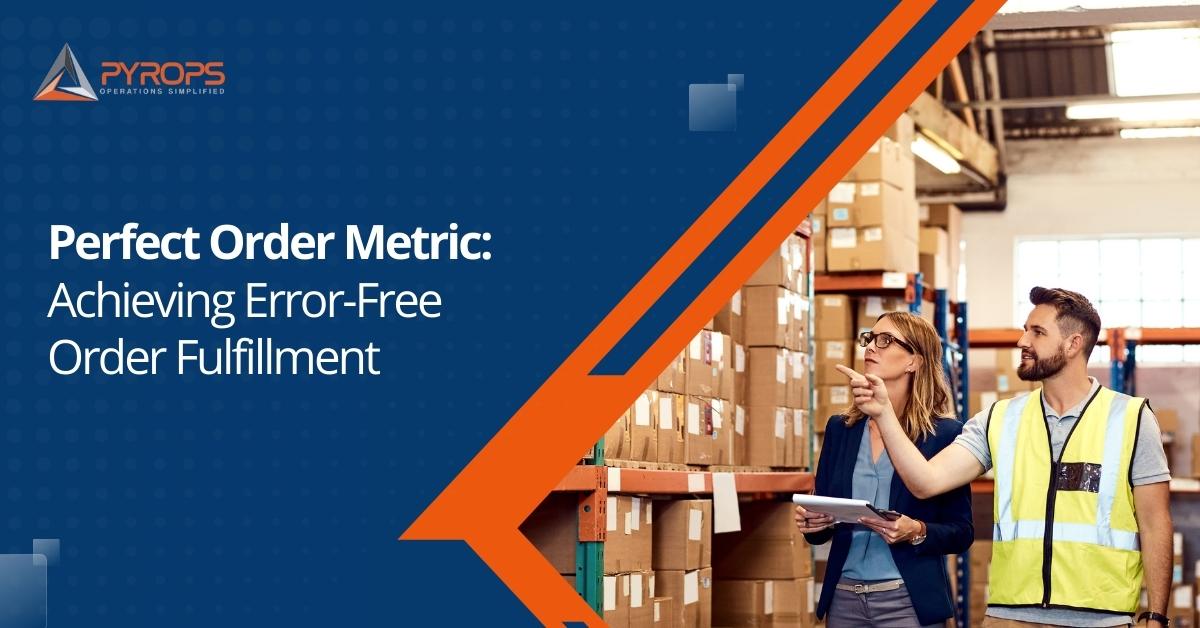Knowledge Series
Streamlining Government Logistics
In the era of digital transformation, the use of technology in India’s public sectors is paramount for efficiency and transparency. As we collectively progress towards comprehensive organization in every sector, the role of technologies such as warehouse management systems (WMS) becomes increasingly vital, ensuring streamlined operations and optimized resource utilization.
Optimizing Inventory Allocation
Accurate and timely Inventory allocation plays a pivotal role in ensuring operational efficiency, customer satisfaction, and overall success. This knowledge series delves into the complexities of inventory allocation, with a specific focus on the delicate balance between soft and hard confirmations.
Gemba Study In Warehousing
Continuous improvement is not just a goal in warehousing; it’s a journey. One highly effective approach to understanding, optimizing, and enhancing operational processes is through the Gemba study. Gemba, a Japanese term meaning “the actual place,” encourages professionals to go to the source of the action, the shop floor or warehouse floor in this case, to observe and learn.
OTIF
Control Tower for Warehouse
A Warehouse Control Tower (WCT) displays a variety of metrics that provide comprehensive insights into the performance, efficiency, and overall health of warehouse operations. These metrics help warehouse managers and stakeholders make informed decisions, optimize processes, and identify areas for improvement. Some common metrics that a WCT generally shows include
Kitting in Warehouse
Kitting in warehousing refers to the process of bundling together multiple individual items or products to create a single kit or set. This bundling is done to facilitate order fulfillment, enhance efficiency, and provide customers with a ready-to-use package. Kitting is particularly common in industries where customers often purchase complementary items together or where the assembly of individual components into a final product is necessary.
Active Pick Areas and Reserve Storage in Warehousing Challenges
In the world of modern warehousing, the strategic layout and organization of storage areas play a pivotal role in optimizing operations and improving efficiency. Two key concepts that contribute significantly to this optimization are Active Pick Areas (also known as Pick Faces) and Reserve/Buffer Storage Areas. These distinct storage structures are designed to cater to different operational needs, ensuring a seamless flow of goods and minimizing delays.
Packaging Material in Warehousing
Packaging stands as a cornerstone in the warehousing domain, playing a pivotal role in ensuring the protection, organization, and efficient movement of goods throughout the supply chain. This informative article explores the significance of packaging, various packaging types, strategies for optimization, waste prevention, and effective management of packing materials.
Location Accuracy in Warehouse
Location Accuracy in Warehouses” is a cornerstone of efficient logistics, focusing on precise tracking and locating of inventory and assets. This topic explores technology solutions such as RFID and IoT, which streamline operations, cut costs, and enhance order fulfillment accuracy. Maintaining top-notch location accuracy ensures optimal inventory management and customer satisfaction through timely deliveries, making it a linchpin in modern warehouse management.

Inbound Discrepancy Scenarios
Warehouse inbound operations are crucial for maintaining accurate inventory levels and ensuring smooth supply chain operations. However, various discrepancy scenarios can occur during this process, leading to inventory inaccuracies and operational inefficiencies. In this educational article, we will explore common discrepancy scenarios in warehouse inbound operations and discuss effective strategies for handling

RFID Scanning An Overview
RFID uses radiofrequency waves to transfer data wirelessly and without contact. Functionally, barcodes are different from RFID scanners because the scanner needs a line of sight to the barcodes. RFID scanners do not need a line of sight—they communicate with the RFID tags on items without needing to see them individually.

Types Of Picking
The process of choosing the right materials, products, items or SKUs from the storage bins in a warehouse or fulfillment center for fulfilling an order placed by a customer is known as Picking. It is the first stage in fulfilling an order and must be flawless so that the remaining fulfilment processes order packing shipping, and post-sales activity can also run smoothly.

Types Of Material Handling Equipments
Material Handling constitutes one of the main activities in the warehouse and therefore, considerable attention needs to be given to this subject in order to ensure that handling methods and handling equipment contribute to efficiency and economy. A few factors involved in materials handling are as follows:-

Inventory Cycle Counting
Warehouses run like well-oiled machines when audits are conducted. Reconciling on-hand products with records is foundational to accurate data at all stages of the logistics pipeline. The most efficient inventory management plans lead to minimal transaction error rates and extremely high stock record accuracy without taking away from staff’s essential tasks.

Bin Consolidation & Slotting
Warehouse slotting is the process of organizing the inventory in a warehouse or distribution centre to maximize space and efficiency. It is a form of inventory management. The purpose of a warehouse is to provide storage of products to meet customer demands and inventory allows the decoupling of demand and supply.

Putaway Rules
Put away in warehouse is a crucial aspect of warehouse management, which involves several processes starting with warehouse receiving and ending with ensuring that inventory is stored in the right warehouse locations such as racks, shelves etc. Put away is a rule-based system of moving items from a received shipment to the right places in warehouses.

Barcode Scanning An Overview
An efficient warehouse needs to be organized for all employees to locate products quickly and easily. It is impossible to survive in a fast-paced environment without a system where data flows with accuracy and speed. A connected system allows us to allocate resources efficiently, get the most out of the tools and boost worker productivity all at once. Equally important is the ability it gives everyone to adapt to external events that are outside our control

Storage System And Types
The term “Storage” refers to the physical act of storing the materials or stock in a warehouse, on pallets, shelves, racks, boxes, bins etc. with the objective of retrieving them later for issue or dispatch to the customer or internally. Warehouses have secured spaces where inventory is stored before shipping it out to the end customers. A warehouse gives better control over the inventory and ensures that customers receive on-time delivery of products, ultimately leading to higher profits.

Quality as a Strategy Inside Warehouse
Quality control in the warehouse is important to the success of an organization and its business. Focusing on the quality of each order, monitoring and adjusting protocols and processes based on key metrics for the proper packing and shipping of each order can improve the efficiency of operations. Keeping tabs on metrics such as how long it takes to pick, safely package, and correctly fill an order, to then load it properly before it ships out are all fundamental to improving product quality.

License Plate
Manual or outdated processes often slow warehouse operations. With evolving technology and a significant shift towards automation, warehouse operators are constantly assessing what additions to implement for increased efficiency. One such process to consider automating is how you scan and track inventory – using license plating. Inventory license plating plays a crucial role in the identification process to mark a pallet or group of materials and products.

Value Added Service in Warehouse
A value-added service (VAS service) goes beyond “typical” warehousing. These services are additional services that a warehouse or third party logistics (3PL) provider can offer to their clients beyond the standard storage and shipping services.

KPIs for Warehouse
The success of any warehouse operation is determined by its ability to efficiently manage inbound and outbound flows, optimize inventory management, and reduce operational costs. Key Performance Indicators (KPIs) provide a way to measure warehouse performance against set targets, identify areas of improvement, and make informed decisions.
Perfect Order Metric: Achieving Error-Free Order Fulfillment
In the realm of warehouse order processing, striving for perfection is a key objective. The perfect order metric serves as a crucial measure of success in ensuring customer satisfaction and optimizing operational efficiency. In this article, we will delve into the definition, importance, and practical application of the perfect order metric, equipping warehouse users with valuable knowledge to enhance their order processing capabilities.
Precision Pyramid Private Limited
Pyrops® is a warehouse management software designed, developed and implemented by Precision Pyramid Private Limited.
For more info visit:
Office Location
A1, Forest Lane, MG Road, Delhi 110030
Contact us
info@pyrops.com
+91-9311337909









